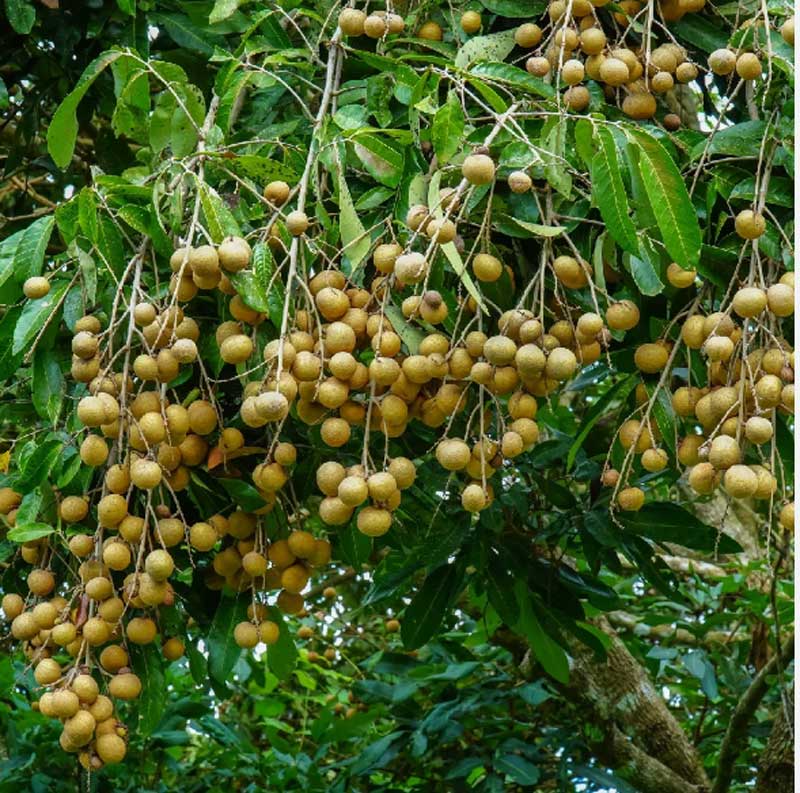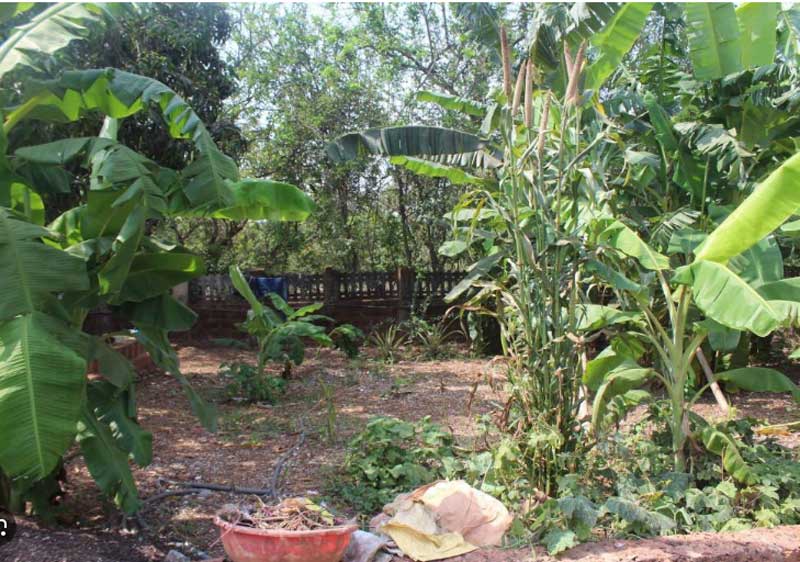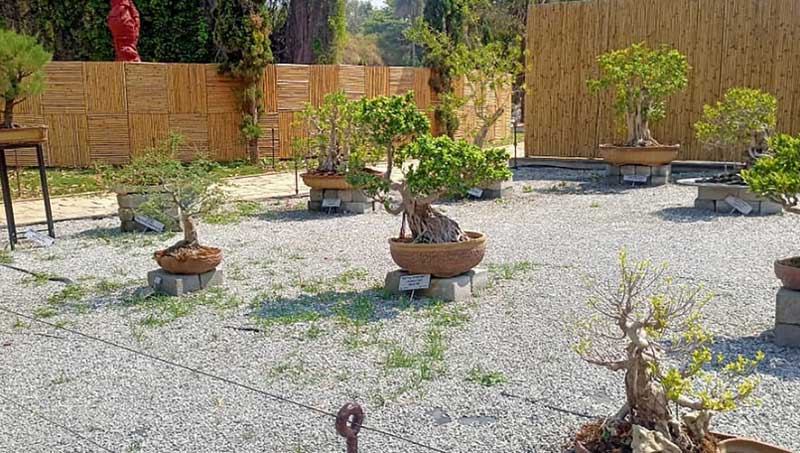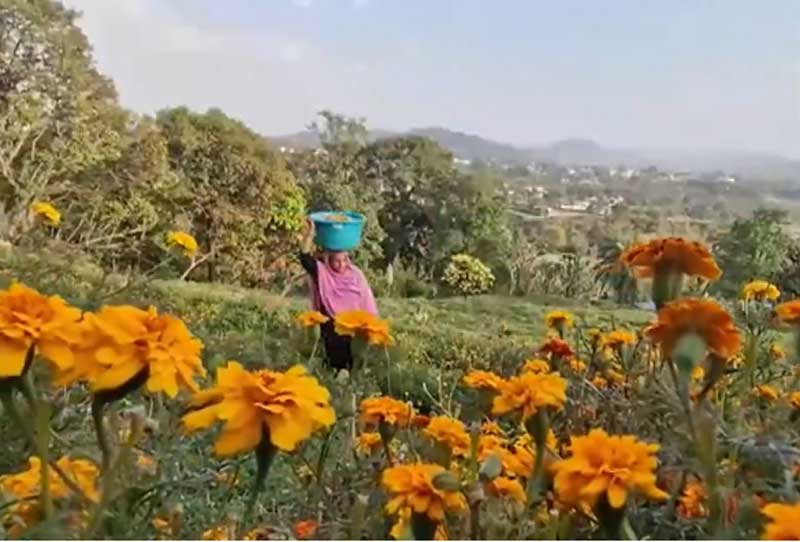India’s green cover absorbs more carbon than it releases: IISER
Bhopal: A study by the researchers at the Indian Institute of Science Education and Research (IISER), Bhopal, has made it clear that India’s green cover has been absorbing more carbon that it releases annually over the last 10 years. The study further revealed that carbon absorption dips due to the effects of climate change like droughts. The study further added that vegetation plays a key role in overcoming the effects of climate change.
Green plants absorb carbon dioxide (CO₂) with the help of photosynthesis and emit it through respiration, and their balance is known as net ecosystem exchange (NEE). If NEE becomes negative, then it is clear that plants have been storing more carbon than they release.
Also Read: Noida’s 37th annual flower show to begin from February 20
Dr. Dhanyalekshmi Pillai, associate professor at IISER Bhopal and head of the Max Planck Partner Group in Germany, said, “For the past decade, India’s ecosystems have absorbed 380 to 530 million tonnes of carbon per year.”However, during extreme climate conditions, such as droughts, this ability to store carbon weakens.
The study reveals that evergreen forests absorb more CO2 in India, while deciduous forests in central India absorb less carbon and release more. Croplands are less effective than forests but play a vital role in removing carbon amid their large coverage.
IISER scientists used advanced satellite observations and computer models for the perfect measurement of carbon sequestration. They conducted their research with experts from the Max Planck Institute (Germany), the University of Exeter (UK), and the National Remote Sensing Centre (India).
Dr. Pillai emphasized that there is a need to make effective climate policies, as the carbon absorption capacity may be less effective in case changes occur in climate. The study said that protection and managing ecosystems are essential to fight against climate change.

















